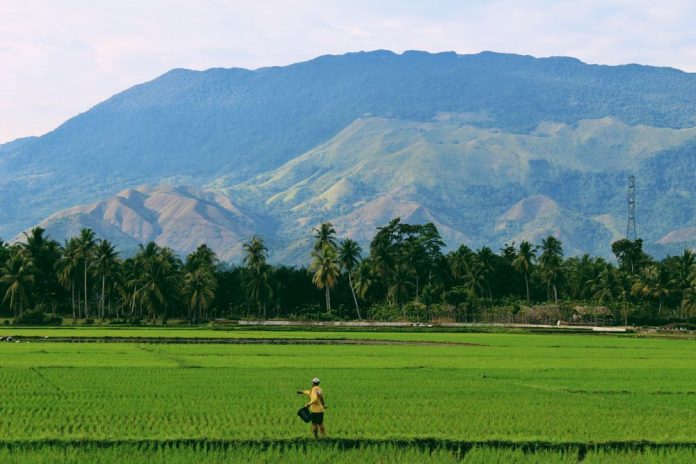By Patricia B. Mirasol
Small-scale farmers produce 80% of the food consumed in Southeast Asia, underscoring their critical role in protecting the food value chain from the pandemic’s long-term impact. Improving their access to financial and digital tools as well as strengthening agricultural infrastructure can help build resilience among farmers and ensure the world’s food security against future crises.
Grahame Dixie, executive director of sustainable agricultural development platform Grow Asia, said that focusing on yield stability instead of yield maximization will make smallholder farmers more resilient to climate change, price drops, and public health curveballs.
OPERATIONAL RESILIENCE
“The top fears of the region’s agricultural enterprise sector are environmental degradation and climate change; aging farmers and loss of the rural workforce; and the lack of resilience in Southeast Asia’s food system to be able respond to the inevitable pipeline of extreme and unexpected events,” Mr. Dixie said.
Southeast Asia is home to 9% of the world’s population and is a leading exporter of agricultural commodities such as rice, coconuts, and palm oil. Smallholder farming, or farming in a small-scale model, make up the majority of the world’s farms. Farms of less than one hectare account for 72% of all farms globally, reported the International Labour Organization in 2018, but control only 8% of all agricultural land. In Southeast Asia, smallholder farming is the backbone of agricultural production.
To combat the sector’s fears, focus must be given on yield stability instead of yield maximization, Mr. Dixie told BusinessWorld. “This includes the development of crop varieties that are more resistant to high temperatures, droughts, and floods, [thereby] improving soil quality (for better water retention and improved plant nutrition, and for sequestering carbon).” Water-efficient irrigation systems like drip irrigation as well as pest and disease management that use a blend of biological control methods are likewise necessary.
“We need to see the emergence of younger and more professional farmers to implement such a program, probably through secure land lease policies, so that their productivity and dynamism can be stretched and they can provide a good living for themselves and their family.”
MOBILE MONEY
Tech-based solutions such as mobile money will make it possible for small-scale producers to participate in an increasingly cashless society, according to a status report on the regional response to COVID-19 released this October by Grow Asia, together with the World Economic Forum and the International Fund for Agricultural Development. Incentivizing the expansion of digital payments infrastructure further paves the way for farmers to get paid digitally and convert these payments into actual cash.
“Mobile money (along with a suite of other changes—such as those in logistics) will enable food marketing to become more efficient, and cut down on the number of intermediaries in the supply chain,” said Mr. Dixie. “This suite of changes has to be underpinned by an effective rural Wi-Fi infrastructure.”
BEST PRACTICES
When it comes to smallholder agriculture and environmental sustainability, Mr. Dixie said Vietnam and Thailand lead the way in Southeast Asia. The executive director described Vietnam as highly organized, community-oriented, and results-focused. “The country has a long-term focus on sustainability, especially on climate-smart farming.”
Vietnam, he added, has become a major player in the global coffee markets over the last couple of decades, with “excellent” coffee yields (3 mT/Ha compared to around 0.6 mT/Ha in the Philippines), and how the costs of production of about US$100 per ton is lower than its competitors.
Thailand, meanwhile, is reaping the benefits of smart long-term policies. “They don’t allow foreign direct investment in land but have set up a network of trade agreements to facilitate trade and a flow of investments in agribusinesses,” Mr. Dixie said. The Charoen Pokphand Group integrator model—where growers are provided with day-old chicks, feed and technical advice, and a guaranteed buyback agreement for broiler chickens—has helped stimulate the diversity and size of the country’s food products.

